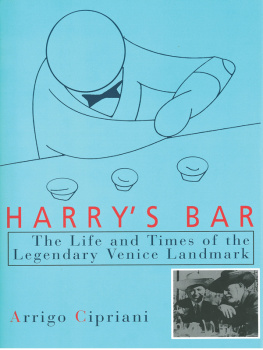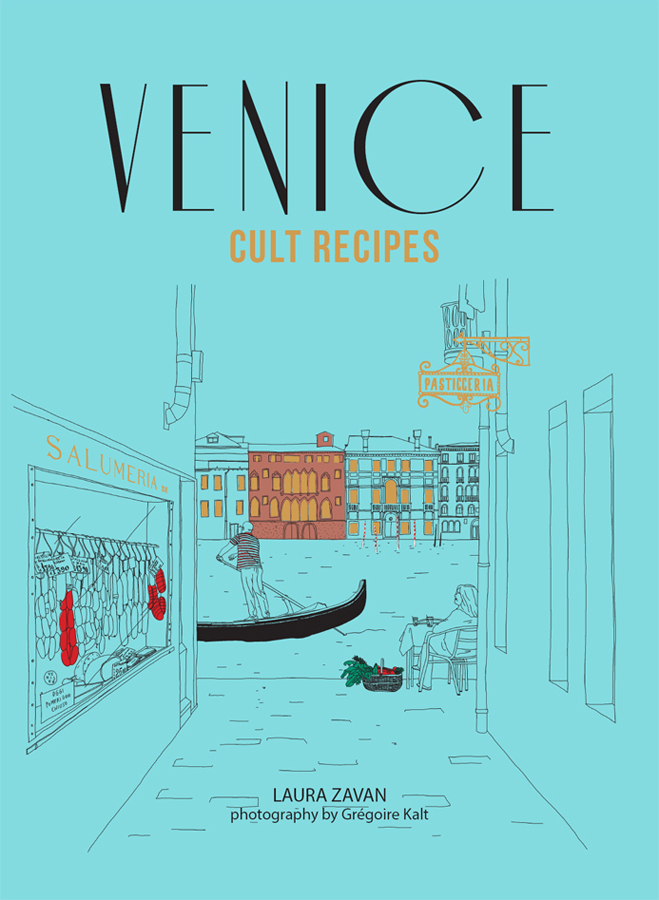PREFACE
When my friends come back from Venice and tell me about their trip, I often discover they have not tasted the ma-gni-fi-co baccal mantecato , the sardines in saor , the seppie al nero I wanted to write this book to introduce you to the culinary world of Venice, so on your next visit to La Serenissima , you can stroll through its markets, taste its real cuisine and the incredible variety of seasonal vegetables grown in saline soils, and discover the treasure that is the seafood of the lagoon with its legendary flavour. ( La Serenissima was the name for the Republic of Venice, an independent state until the late eighteenth century.) This cuisine will surprise you. Its wealth and variety reflect the numerous relationships the city has developed over the centuries with the populations of cities such as Rome and Byzantium, and a variety of cultures: the Jewish traditions and those from trading posts in Istria, Dalmatia My recipes are drawn from tradition and from secrets shared by Venetian friends and restaurateurs, whom I name and thank at the end of the book. This book is an easy way to keep the memory of all those flavours alive once you get back home. Just make sure you use quality ingredients for maximum flavour.
THE HISTORY
Venice is a magic city, an inverted forest, as Tiziano Scarpa suggests in his book Venice is a Fish . It is built on millions of tree trunks connecting a group of small islands (imagine: over a million trunks hold up the Madonna della Salute church). Born to defend itself against invasions and for tradefirstly through the sale of salt, then spicesVenice became the key launching point for all the conquests in the Mediterranean. Venice is a fish: look at its shape. A fish that has travelled far, bringing back riches and knowledge to become a dominant economic power for centuries. Then came the decline. Venice went from being a trading city to a city of pleasure and gambling, where Carnevale lasted six months (see the memoirs of Casanova).
THE CITY
La Serenissima is unique. It reveals its true nature to we twenty-first-century land-dwellers who lose ourselves in its alleyways far from the crowds. Venice soothes us and makes us rediscover slowness and beauty. It awakens our senses and takes us on a journey. And when the wanderer gets hungry, Venice is there to invite you to its table, call you into its bcari (wine bars) and restaurants, where it is recommended you give in to pleasure and indulgence. To go to the bcari , the Venetians say andare a bcari . This is a social activity you develop a taste for very quickly! I suggest you practise it several times a day to steep yourself in the atmosphere of Venice. Each one has its own particular ambience, which has a lot to do with the owners and their regulars. The spectacle is all around you. The atmosphere is warm. Its where people meetfriends and strangers. Venice is a magic city for the curious-minded. Its up to each individual to choose their Venice.
TABLE OF CONTENTS
IL B CARO
& I CICHETI
VENETIANSTYLE
APERITIFS
ANTIPASTI
APPETISERS
PRIMI PIATTI
PASTA, RAVIOLI, GNOCCHI,
RISOTTO AND SOUP
SECONDI PIATTI
E CONTORNI
FISH, MEAT
AND SIDE DISHES
DOLCI
VENETIAN DESSERTS,
CAKES AND BISCUITS
ON THE CICHETI MENU
IL B CARO
& I CICHETI
VENETIANSTYLE APERITIFS
The ancestor of fast food and happy hour, the Venetian bcaro , whose origins date back to the mid-nineteenth century, is the working persons wine bar. Its where they go to indulge in a variety of little dishes, Venetian-style tapas , at any time of day. Its also the meeting place for the aperitivo pre-dinner drinks. One of the meanings of bcaro wine is wine for celebrating You drink little glasses of wine called shadows, or spritzes, and you sample the cicheti , literally little things, set out on the counter: sardines in saor, folpetti , baccal mantecato with polenta, polpette
BACCAL
Il baccal ( Gadus morhua ) holds the record for fish sales in the region. It is rehydrated dried cod, also called merluzzo . It is ubiquitous on the counters of the bcari as an aperitif, but it is also served as a salad or main dish.
An important clarification: in Italy, baccal is the name for salt cod, and dried cod is referred to as stockfish ( stoccafisso or stocco in the South). But be careful, because in Veneto (the Italian region of which Venice is the capital), the term baccal is used to refer to both dried cod and salt cod dishes, without distinguishing between them. However, almost all of the baccal dishes you see there are based on dried cod.
Dried cod was introduced to Venetian cuisine in the first half of the fifteenth century, after captain Pietro Querinis boat and crew were shipwrecked in the Lofoten islands in the Norwegian Sea. The sailors were taken in by the fishermen of the village of Rst, where they learned the techniques for fishing, drying (two months in the open air) and preparing dried cod, which they then brought back home. The dried fish was a huge success, thanks to its long shelf life and flavour. By imposing meat-free days on Christians, the Council of Trent (1561) further enhanced its status. The first recipes using dried cod date from 1570, in the Opera of Bartolomeo Scappi, the cook for Pope Pius V, who left us a bible of over a thousand recipes, including some based on dried cod, called merlucce secche . From the seventeenth century onwards, il baccal has been one of the most loved and popular dishes in Venice.
HOW TO PREPARE IT
To cook dried cod, you first need to rehydrate it for 45 days in water, changing the water several times a day. In Veneto, it is sold already rehydrated ( bagnata ) because it is used regularly, except in the warmest months. Dried cod, which has lost 70% of its weight, is still very high in protein, vitamins, iron and calcium and, once rehydrated, doubles in weight. Allow 100 g (3 1/2 oz) dried cod per person. Choose white-fleshed dried cod (ragno, from the name of the Norwegian exporter), which is better quality.
In the absence of dried cod (which is difficult to find outside of Italy), Ive used salt cod in the recipes in this book. The texture is different, the flavour is not as pronounced but I think the result is satisfactory.
If you buy whole salt cod, it needs to be desalted and rehydrated for 23 days in water, changing the water several times a day.

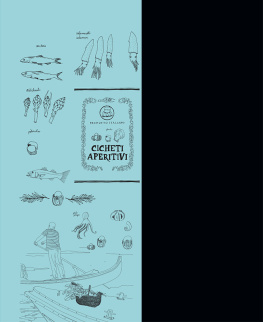




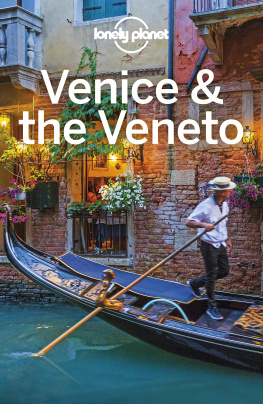
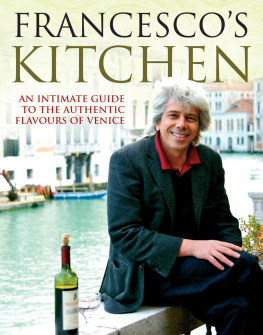
![Bosworth - Italian Venice: a history[Electronic book]](/uploads/posts/book/194557/thumbs/bosworth-italian-venice-a-history-electronic.jpg)
